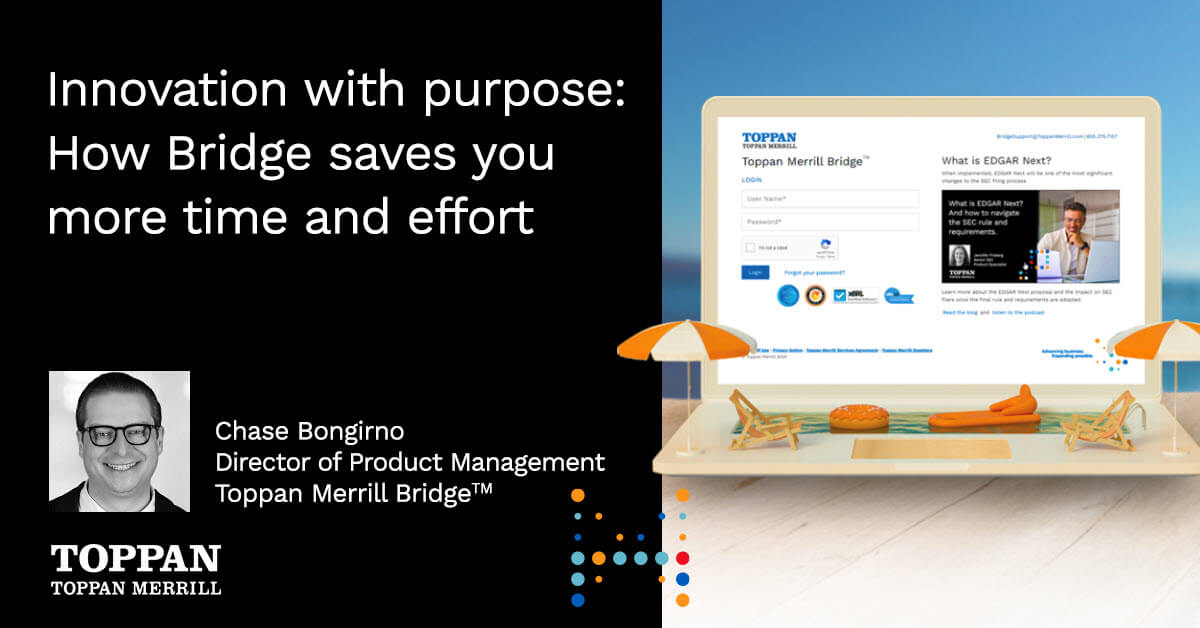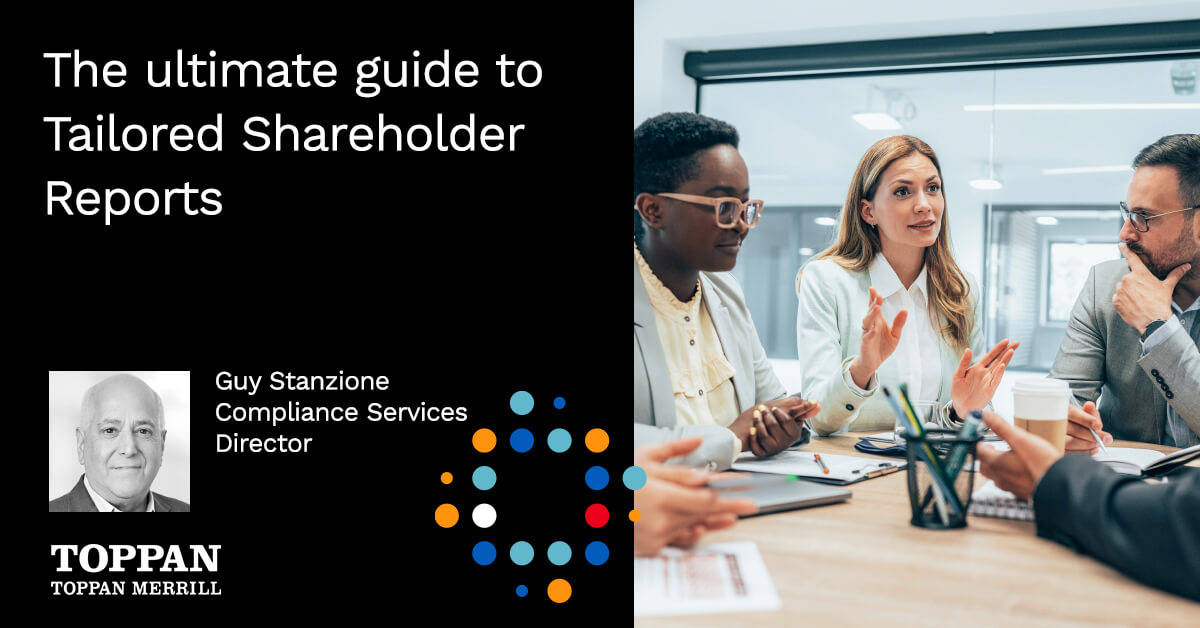What is an M&A transaction, and what are the key drivers?
The simplest way to define an M&A transaction is the coming together of two companies to become a single entity. There are three main drivers of M&A deals:
- Accelerating growth/time-to-market by acquiring new products or distribution channels.
- Expanding market share by acquiring a competitor’s capabilities and/or customer base (horizontal integration).
- Achieving greater operational and/or supply chain efficiencies through vertical integration of a supplier or customer.
Types of corporate transactions: the differences between mergers & acquisitions
While mergers and acquisitions are typically abbreviated as M&A and referred to interchangeably, there are important differences between the types of M&A transactions and their associated SEC filings.
What is a merger?
A merger happens when two organizations of similar size decide to join to drive greater financial and/or operational strength. The resulting combined organization may or may not take the name of one or both of the original companies, and shares of the new company are issued to shareholders of each of the original organizations. Drivers of mergers typically include increasing overall market share, consolidating capital to enable expansion into new markets or regions, and achieving production efficiencies.
M&A example: A recent merger example was the 2016 merger between H. J. Heinz Co. and Kraft Foods Group together became the Kraft Heinz Company with additional capital and other distribution efficiencies.
What is an acquisition?
An acquisition typically involves a larger company buying or acquiring a smaller company. An acquisition can be a collaborative transaction — but can also occur without the acquired company’s consent (often called a “hostile takeover”). Acquisitions happen for many of the same reasons as mergers: Increasing market share, expanding the portfolio, moving into new markets or regions, and creating new synergies and efficiencies from an operational standpoint.
M&A example: Amazon’s acquisition of Whole Foods gave the e-commerce giant a physical retail footprint and allowed the company to move into the grocery market.
M&A deals: What are the 4 specialized types of acquisitions?
Beyond basic mergers and acquisitions, there are several specialized types of M&A transactions:
1. Consolidations
Corporate consolidation looks a lot like a basic merger transaction. Two or more organizations join into one. The main difference is that a consolidation transaction creates an entirely new business entity (mainly relevant from a legal/tax perspective).
2. Tender Offers
A Tender Offer is an offer to buy a specified minimum of a company’s shares at a price point that is typically higher than the stock price, making the offer attractive to current shareholders. Since the offer is made to current shareholders, the purchase of a controlling interest in the company stock may be done without the company’s approval. With no required company involvement, Tender Offers can be hostile takeovers. Shareholders of the acquired entity may realize a significant return on the transaction and the acquiring company’s benefits can include increased revenue as well as decreased competition. As an example, Kraft Foods resorted to a Tender Offer to acquire Cadbury in 2010 after acquisition negotiations stalled and were rejected.
3. Spin-offs
A Spin-off happens when a company separates a division or component of its business into an entirely new business entity. There are many reasons for a Spin-off. Spin-offs can assist in growth trajectory by developing a high-growth division or business. Or a Spin-off could be done to sell a portion of a business that wasn’t in alignment with the company’s focus. Some Spin-offs occur when a company wants to sell a portion of itself and can’t find a buyer. No matter the situation, when a Spin-off transpires, shareholders in the parent company are compensated by issuing new company stock equivalent to their equity loss from the Spin-off. A recent example is the Spin-off of General Electric, which will become 3 focused entities in the areas of aviation, healthcare and energy with the aviation business retaining the General Electric name. The reasons given for the Spin-off by General Electric included greater strategic business-specific focus and flexibility to drive long-term growth and value for the three business units.
4. Divestitures
Divestitures involve the sale, closure or exchange of a business unit or portion of the business. While spin-offs are often focused on separating business units with high independent growth potential, divestitures help a company focus on its core business or competency. Divestitures oftentimes follow a merger or acquisition, allowing a company to shed portions of the business that are not of strategic interest. Divestitures can be advantageous for reducing costs, generating capital and increasing strategic focus. An example of divestiture is General Electric shedding its pharmaceutical business in 2020 or WeWork shedding its software interests to focus solely on its workspace sharing business.
Toppan Merrill is here to help
The experts at Toppan Merrill are well-versed in carve-out and spinoff regimens and understand the document and regulatory requirements for your specific M&A transaction. Visit our Mergers and Acquisitions Solutions page to learn more — or connect with one of our experts at [email protected] or by calling 800.688.4400.



